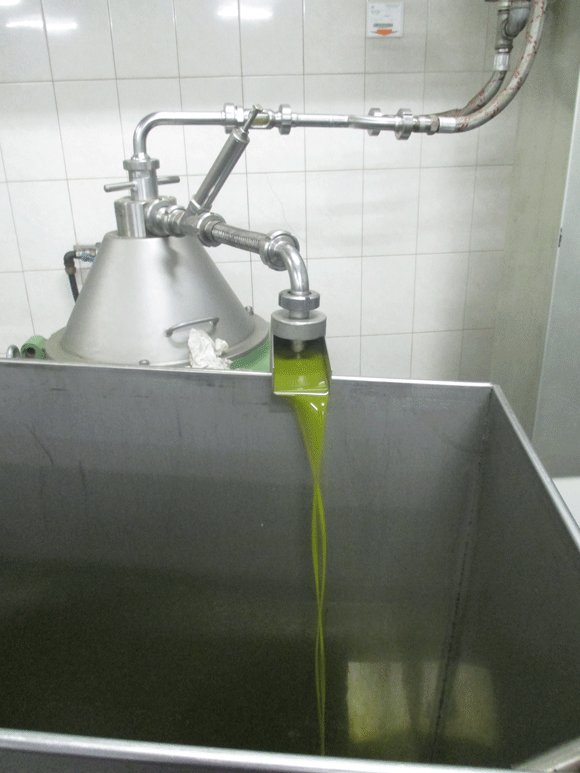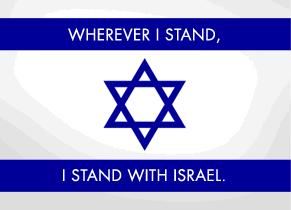In the summer I used to drive past this old shed on the main street of Kambos every day. I was told that it was the olive oil factory but it looked deserted as if, like so much of Greece, it was a relic of times gone by when folks actually had jobs. But how wrong I was. By mid-November this place is a hive of activity. It is positively humming.

From late morning until well into the evening there is a constant queue outside of pick up tracks, of trailers pulled by tractors or just of ordinary vans and cars each bringing in bag after back of olives for pressing. Some folks deposit just a couple of bags, a trailer behind a tractor might disgorge fifty or sixty.

My seventy five bags arrived in three trips made by George the chief olive picker at the Greek Hovel in his battered blue pickup.

Each time strapping young men wearing military trousers grabbed the bags and loaded them onto trollies. They tossed the bags on into need stacks as if they were lifting a bag of groceries. I attempted to help, almost collapsed into the pile, so heavy were the bags, and thus just decided to watch while trying to look sort of managerial. No-one was fooled. They all knew that I did not have the faintest idea what was going on but none the less humoured me.
My bags were weighed and the charming factory manager, pictured below, gave me a yellow slip with their weight.

All in all, George and his team with some help from myself had harvested 2.7 tonnes (2,700 kg) of lives. Eventually some hours after our final bags were dropped off it was time to press my olives and as pre-arranged with the manager (with Nikko and the lovely Eleni interpreting) I was there as the sacks were emptied into a hopper.

As you can see my olives are green, purple and black…they look like sweeties but the great machinery does not discriminate on the basis of colour and the lives slip gradually into the hole in the hopper before emerging going up a conveyer belt which allows a young man in combats to take time off from texting to to remove some of the more obvious leaves and twigs.

The olives are washed and then rattle across rolling bars which remove the last of the leaves and then it is into a great big whirring machine.

Inside this machine are separate chambers allowing olives from separate farmers to be multi-crushed. My olives filled three of the six chambers where giant blades turn olives into a sort of sludgy tapenade but already you can see oil oozing to the surface.

The tapenade heads through anther machine which separates the oil from the sludge which is sent off elsewhere for what I do not know. And after heading through a few more pipes a bright green liquid starts to gush out into huge vats.

From one vat we extracted 16 litres of oil. This can headed back to England with me in my rucksack and was exceptionally heavy. It has dug into my back from Kambos to Bristol, hurting every step of the way. But the first bottle from that can will today be handed out as a Christmas present.

The rest of the oil was just sucked away into a communal vat, another 336 litres. After lovely Eleni sorted out the paperwork I was presented with a chit allowing me to claim a cheque for 1779 Euro from the big Olive Oil factory in Kalamata. That factory is, you see, fed by the little presses in each of the villages of the Mani.

As the oil poured into the tank the young man in combat trousers in charge of the whirring machines took a quick break from checking the machines while at the same time smoking sixty a day to stick his little finger into the green fluid. He tasted and pronounced it to be of the highest quality. I followed suit and naturally agreed. You really can taste the olive in this oil and there is an afterkick in your throat. It is quite amazing stuff.
It is far too good for salad dressing or certainly for cooking. back in Bristol we just dip bread in it and dream of Kambos.. Meanwhile small bottles of he stuff have been handed out this Christmas to the chosen few and a few more NewYear gifts are on the way.


